Buy or gift a stand-alone digital subscription and get unlimited access to dozens of back issues for just £18.99 / $18.99 a year.
Please register at www.exacteditions.com/digital/cornucopia with your subscriber account number or contact subscriptions@cornucopia.net
Buy a digital subscription Go to the Digital EditionBuilt as way stations for Orthodox pilgrims on their way to the Holy Land or Mount Athos, the rooftop churches of Karaköy are a forgotten corner of the Motherland in the heart of Istanbul. By Owen Matthews. Photographs by Simon Wheeler
Karaköy is a melancholy little patch of Istanbul, humbly nestling between the foot of Galata hill and the unlovely deep-water steamer quays at the mouth of the Golden Horn, now used by rust-streaked Ukrainian ferries and the occasional multi-storey cruise ship. It is an unadorned and unbohemian version of Galata, its handsomer, better-situated neighbour…
But look up from the metal-working shops of Mumhane Sokak and you see a curious thing – perched on the roof of one of the buildings is a sky-blue onion dome topped with a faded Orthodox cross. Further down the street, another, and round the corner a third and fourth, all with a hundred yards of each other, a strange collection of hidden churches that seem to have migrated upwards from the stuffiness of the street to be closer to the air and the sky.
The rooftop churches of Karaköy are one of the last surviving vestiges of Russian Constantinople – a community, which, during a brief and incandescent flowering between 1920 and 1924, transformed and illuminated the city before moving westwards and petering out. Though their heyday came when they were the heart of post-Revolutionary Russian émigré life, the churches and the buildings they sit on predate the Revolution by a generation. They were originally built as way-stations for Russian pilgrims on their way to Jerusalem and Mount Athos during a more confident and more pious age of Russian history. In their small way they formed a tiny imperial toehold in the city whcih Russia’s tsars still dreamed of ruling…
The Russian love affair with the Caucasus has been long and cruel, though the outside world knows little of the multitude of ethnic groups who for millennia have inhabited this remote strip of land the size of France.
Few cities have been served so faithfully by an artist as Istanbul was served, in its twilight years as a great imperial capital, by Fausto Zonaro. By Philip Mansel
Carrots once came in a broad palette of hues – from white, cream and yellow, through pink and deep red to purple and black – as well as variegated versions of them all. Black carrots from the east of Turkey were famed for their medicinal properties.
More cookery features
Turkey’s Kaçkar Mountains, a daunting extension of the Caucasus high above the Black Sea, are only for the intrepid. Ali Özgü Caneri and Kate Clow took advantage of the short trekking season to scale two of the saw-edged summits. Photographs by Kate Clow.
Exiled by Stalin in 1929, Trotsky went to live on the Princes Islands near Istanbul. For four years he fished, wrote and developed the doctrine of Trotskyism. Remarkable photographs from the David King Collection show a quiet, ordered existence. Norman Stone uncovers the plotting that lay behind it.
Turkey’s northeastern neighbour, Georgia, is a fairytale country with a hard edge, and its entrancing landscape of isolated hilltop cathedrals and medieval monasteries just demands to be explored. By Minn Hogg
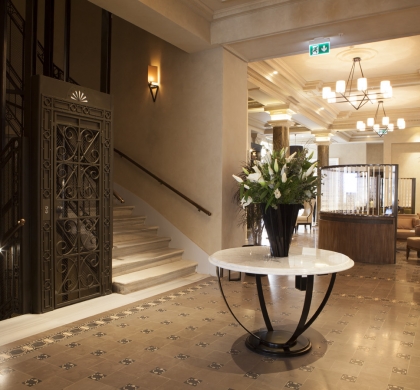
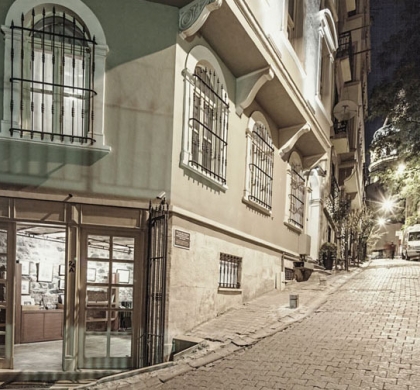
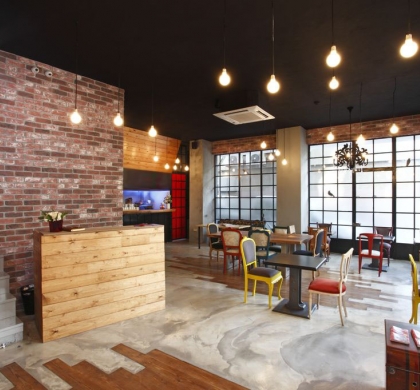
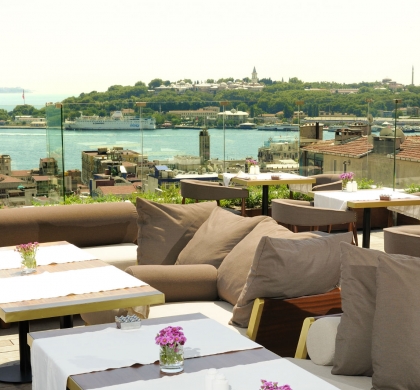
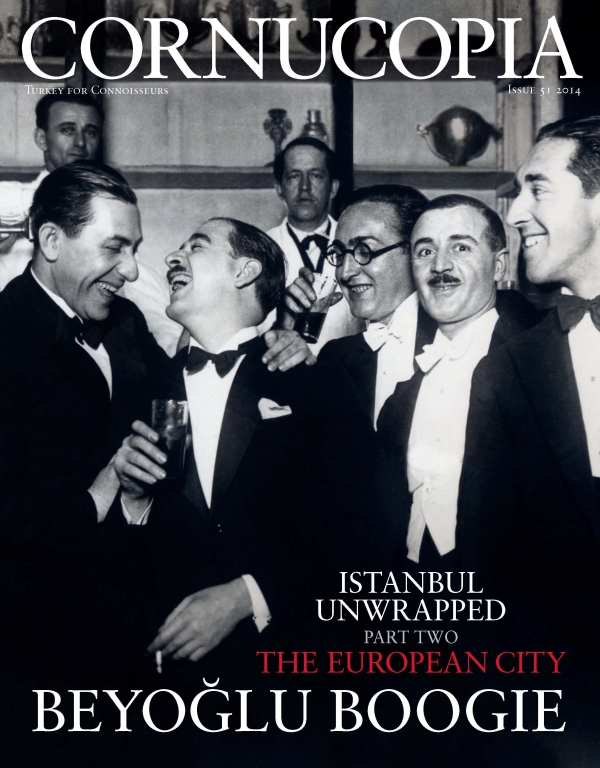


Cornucopia works in partnership with the digital publishing platform Exact Editions to offer individual and institutional subscribers unlimited access to a searchable archive of fascinating back issues and every newly published issue. The digital edition of Cornucopia is available cross-platform on web, iOS and Android and offers a comprehensive search function, allowing the title’s cultural content to be delved into at the touch of a button.
Digital Subscription: £18.99 / $18.99 (1 year)
Subscribe now